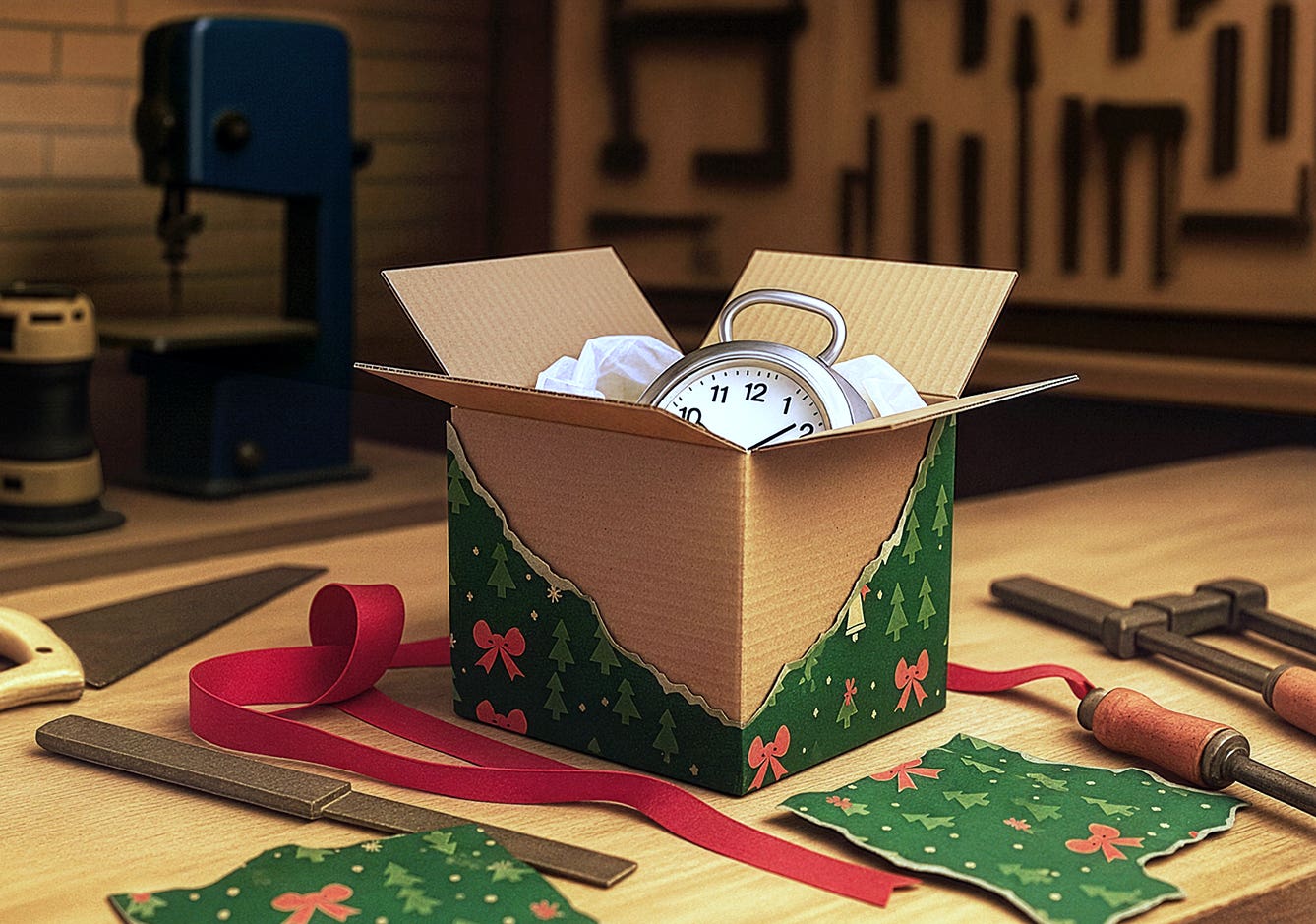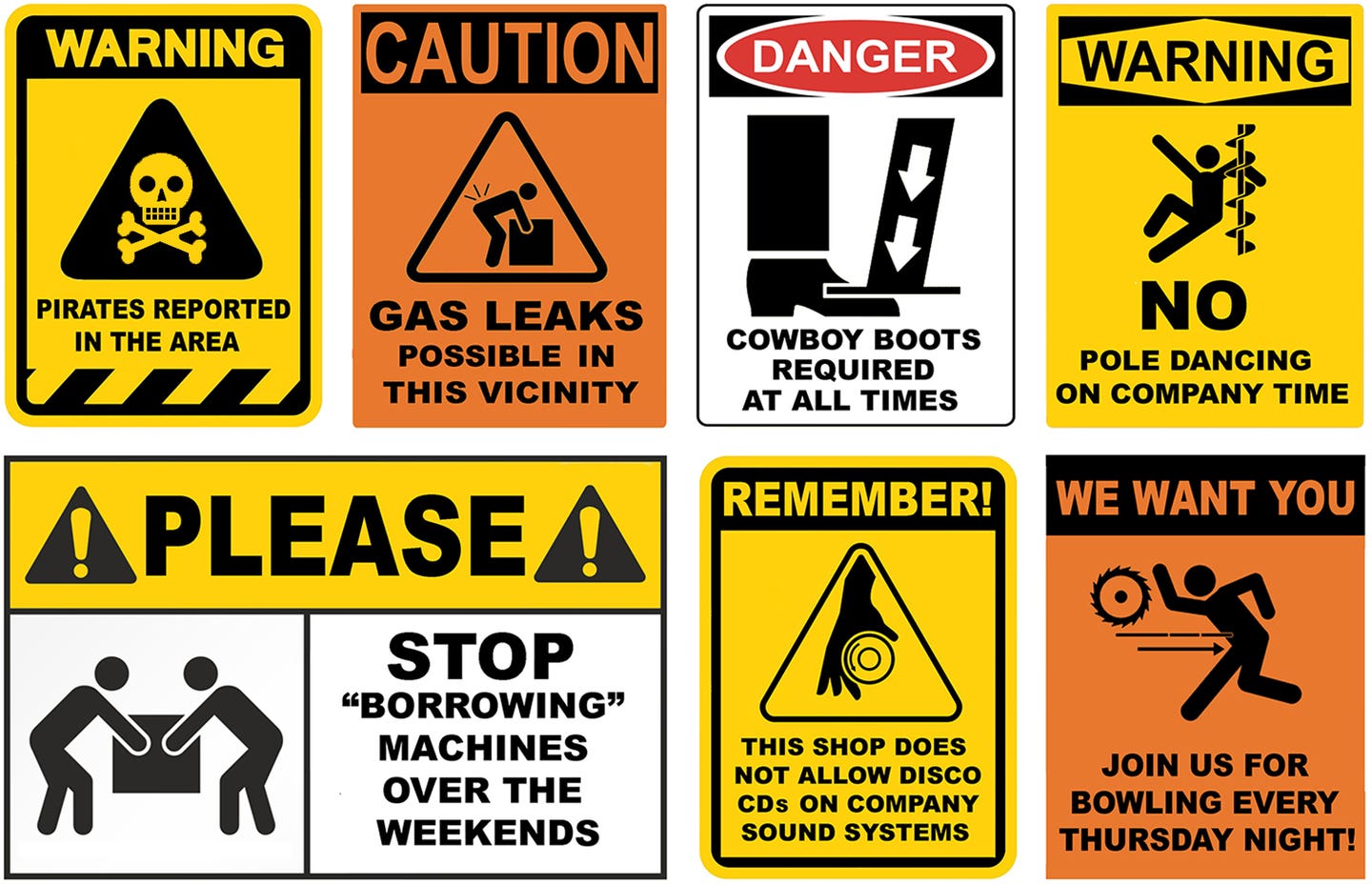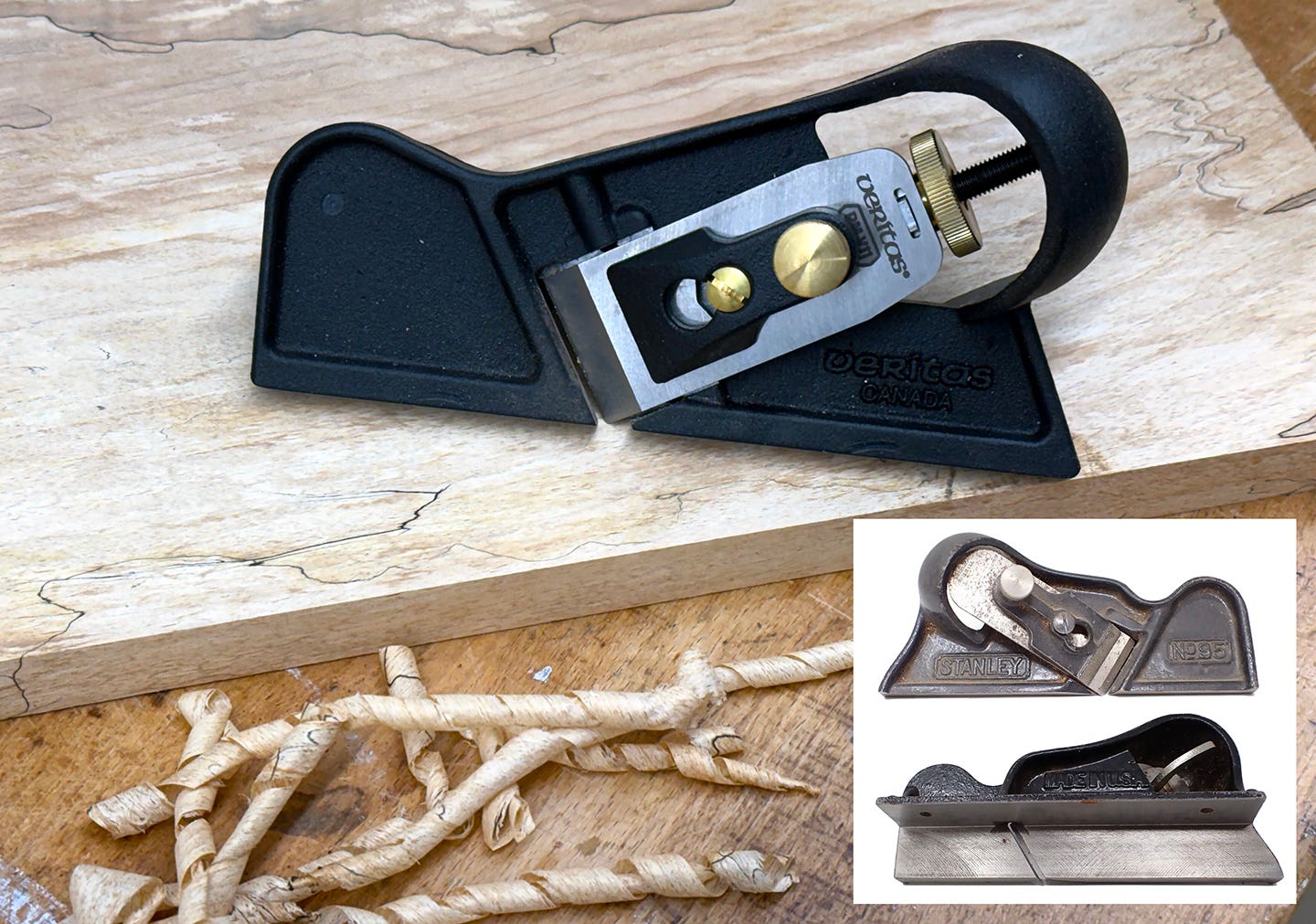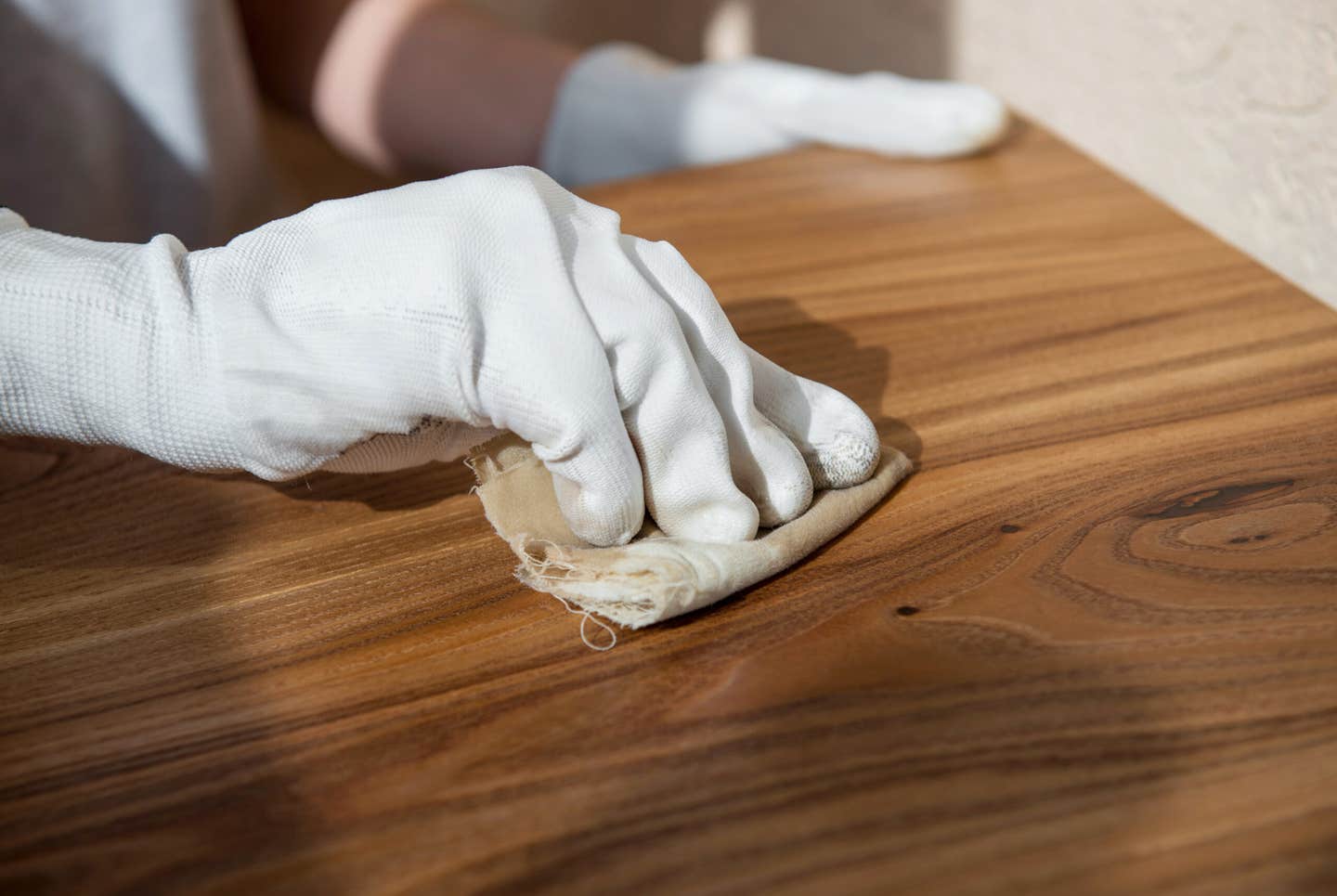Why we throw it away
There’s been discussion here and on woodworking forums about how we’ve become a throw-away society. Here’s an example of how that’s happened. While not directly related to woodworking, I think…
There’s been discussion here and on woodworking forums about how we’ve become a throw-away society. Here’s an example of how that’s happened.
While not directly related to woodworking, I think this serves as a good illustration of how manufacturers – whether of the furniture you buy, or the tools you buy to make furniture – would rather you get rid of something broken and buy a new one instead of repairing it. To start, take a look at the photo below.
That’s our master bathroom light, which (until yesterday) was broken for nearly two years. Inside each of those conical metal shrouds above the glass globes is a ceramic bulb socket attached to a bracket. The threaded ends of those curved tubes fit inside the metal shrouds. A nut below the bracket goes onto the threaded end of the tube to secure both socket and metal shroud to the curved tube. The wires to the socket run through the hollow tube and into the shroud. OK, got all that?
Well, a decade of replacing light bulbs loosened the bracket nut in one of the fixtures. Because the nut is behind the socket inside the metal shroud, there was no way to tighten it, so that fixture was loose for several months. Eventually, the nut came all the way off. It had the wires going through it, remember, so it didn’t fall out, but the socket, shroud and glass were no longer anchored. The short amount of slack in the wires, about 1/2", allowed the whole fixture to swing merrily in the breeze for two years. Why two years? Because the only way to access that retaining nut was to dismantle the whole thing, which I had neither the time nor inclination to do, as I knew it would not be a fast repair. So I let it slide.
After two years, though, I couldn’t stand it any longer. Here’s what it took to fix.
Take down the entire fixture. Undo the light’s wiring harness from the house wiring. (Took two people – one to support the light while I disconnected the wiring.) Remove the light to a work area more suitable than our small vanity. Undo the wiring to that one dangling fixture from the light’s wiring harness. Push/pull the loose fixture’s wiring out through that curved tube (the hardest part of the task, it turned out) to allow enough slack for the socket to clear the shroud. Unscrew the bracket from the socket. Remount the bracket inside the shroud to the threaded end of the curved tube, which secured both bracket and shroud. Push/pull the wiring back up into the tube to draw the socket to the bracket. Use needle-nose pliers to set the small bracket screw into a tiny hole inside the socket (too small for fingers). Tighten bracket screw to secure socket. Reconnect the now-tightened fixture’s wires to the light’s wiring harness. Reconnect the light’s wiring harness to the house wiring. (Took two people – one to hold the light while I reconnected the wiring.) Replace all six light bulbs and glass globes.
Keep in mind that there was some fumbling with that tiny bracket screw and getting it seated, testing the wiring when reconnected, plus some difficulty in getting the entire light seated on the four screw posts holding it to the wall, getting out and putting away a ladder, separate trips to the breaker panel, and a bunch of other little steps I didn’t mention above. So, putting everything together, simply tightening a loose nut took nearly an hour and twenty minutes.
And that’s taking into consideration that I knew exactly what caused the problem and how to fix it, plus I knew the electrical part of the task. Would a typical homeowner? Probably not.
And that’s what manufacturers count on.
A.J.
A.J. Hamler is the former editor of Woodshop News and Woodcraft Magazine. He's currently a freelance woodworking writer/editor, which is another way of stating self-employed. When he's not writing or in the shop, he enjoys science fiction, gourmet cooking and Civil War reenacting, but not at the same time.







